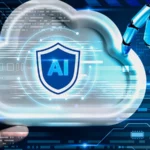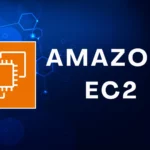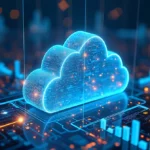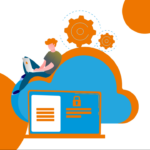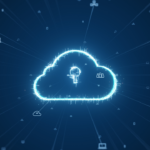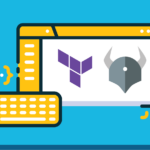
In today’s digitally driven world, where infrastructure is sprawling across hybrid environments, IT teams are under pressure to manage more complexity with greater efficiency. Enter Digital Twins—a technology concept that is reshaping how organizations monitor and manage their IT infrastructure. Once confined to manufacturing and industrial use cases, digital twins are now finding powerful applications in IT, enabling a real-time, data-rich model of systems that allows for smarter, faster, and more predictive management.
A digital twin in IT is essentially a virtual replica of a physical or logical component—such as servers, networks, applications, or even complete data centers—constantly updated with real-time data from the live environment. This allows for a high-fidelity simulation of the system’s behavior, performance, and potential failure points. Unlike static documentation or dashboards, a digital twin evolves with the environment, providing continuous insights into how various infrastructure elements are performing and interacting.
One of the most significant benefits of implementing digital twins in IT is proactive issue detection and predictive maintenance. With continuous monitoring and data analysis, digital twins help identify performance degradation or unusual behavior before it escalates into critical failures. For example, by tracking historical trends and real-time metrics, a digital twin can alert teams to signs of impending hardware failure, enabling preventative action that avoids costly downtime and disruption.
Moreover, digital twins allow IT teams to simulate different operational scenarios before making changes in the production environment. This “what-if” modeling is incredibly valuable when planning infrastructure upgrades, deploying new applications, or optimizing resource usage. By virtually testing the impact of a change—such as increasing user load or altering network configurations—teams can make informed decisions with minimal risk. This leads to more stable deployments and efficient use of infrastructure resources.
Another compelling advantage is the enhanced observability that digital twins offer. Traditional monitoring tools often operate in silos, providing fragmented insights into individual components. Digital twins, on the other hand, offer a unified, context-rich view of the entire infrastructure ecosystem. They map dependencies, identify bottlenecks, and provide real-time visualizations of how one failure point can cascade across services—crucial for root-cause analysis and incident resolution.
Security and compliance also stand to gain. With a continuously updated virtual model, digital twins provide real-time auditing of configurations and asset changes, helping organizations detect unauthorized modifications and stay compliant with industry standards. Furthermore, digital twins can simulate cyberattack scenarios or configuration changes to assess vulnerabilities and their potential impact, giving security teams a strategic advantage in their defense posture.
The future of digital twins in IT extends far beyond individual systems. As businesses increasingly operate in hybrid and multi-cloud environments, digital twins can serve as the connective tissue that brings visibility and control across disparate platforms. This holistic approach to infrastructure management is crucial in a world where applications are distributed, workloads shift dynamically, and user expectations demand flawless performance.
In conclusion, digital twins are much more than digital replicas—they are intelligent systems that empower IT operations with real-time visibility, predictive insights, and dynamic control. They mark a shift from reactive monitoring to proactive, strategic infrastructure management. As organizations continue to embrace digital transformation, the adoption of digital twins will become a cornerstone for ensuring resilience, efficiency, and innovation across IT ecosystems.
Follow us for more Updates

